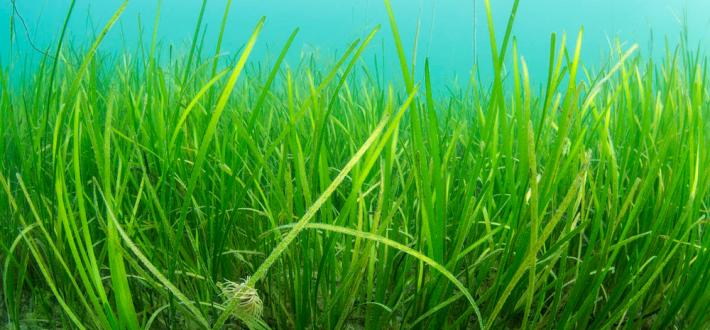
Cutting edge climate technology: nature
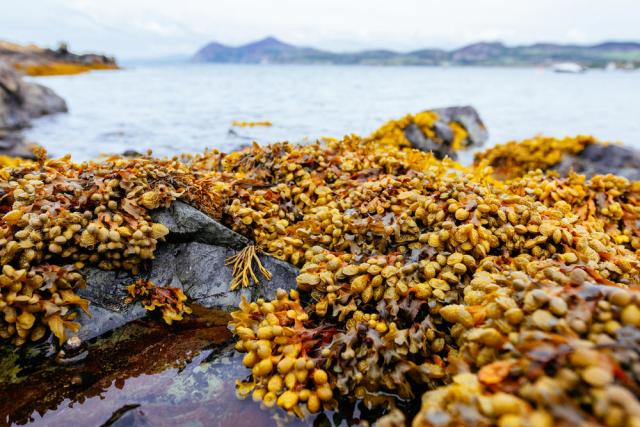

When we think of highly tuned systems for absorbing carbon from the atmosphere, our minds instinctively go to glossy advanced technology. Perhaps an experimental new pet project from Elon Musk or an innovative bio-tech start-up.

But – more than any form of technology that mankind has at its disposal – natural spaces are one of the most effective tools we have for drawing carbon from the atmosphere.
These natural spaces are in fact incredibly advanced climate technology. Nature is cutting-edge climate change technology… it just doesn’t look like it.

Grasslands
Grassland locks in up to a fifth of all soil carbon in the UK, considerably more than woodland.

Declining Pollinators
About 35 percent of the world’s food crops need insects to pollinate them. The loss of pollinating insects could threaten our own food supply.

Plant diversity
A single healthy meadow can be home to over 100 different species of wildflowers
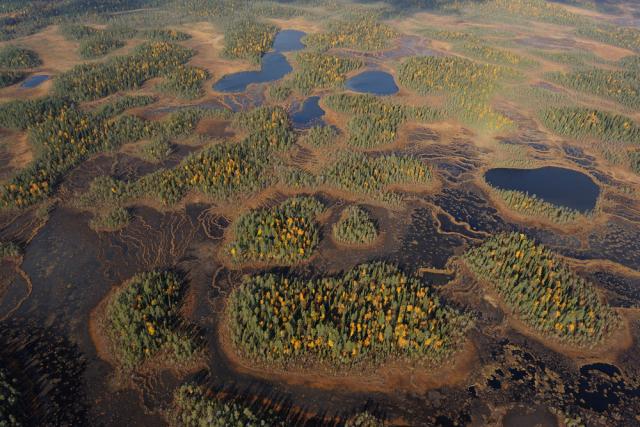
Locking in carbon
Peatland organic matter is the planet’s biggest terrestrial carbon store, permanently locking up carbon as long as it remains wet. If managed well they can continue to sequester equally large amounts from the atmosphere.
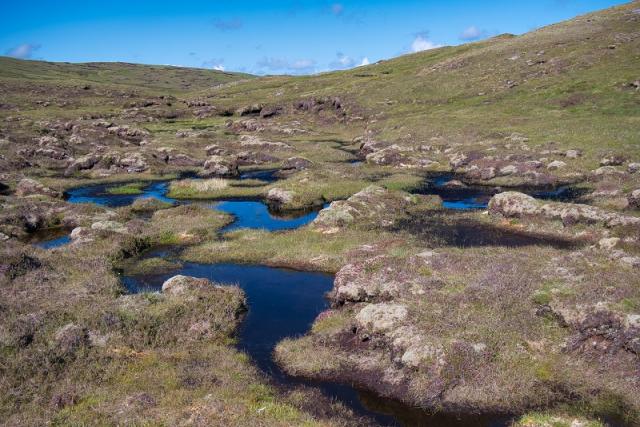
Power to the peatlands
Peatlands store twice as much carbon as all the world’s forests.
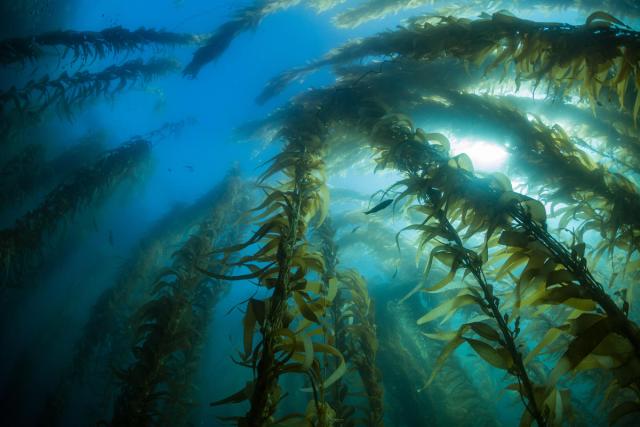
Kelp forests
Kelp forests cushion coastlines against the effect of storm surges and sea level rise; they cleanse water by absorbing excess nutrients; and they also suck up carbon dioxide, which can help drive down ocean acidity and engineer a healthy environment for surrounding marine life.
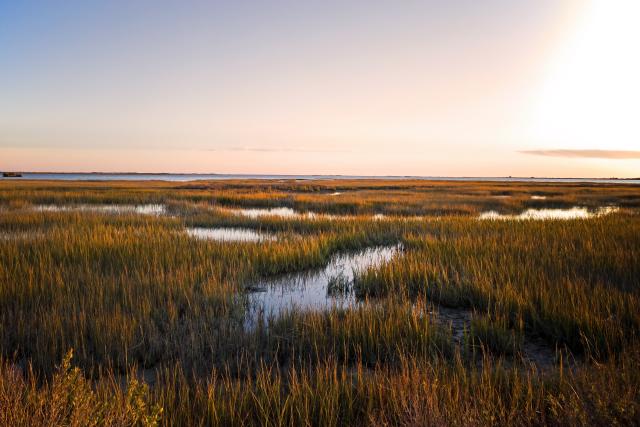
Saltmarshes
Saltmarshes are some of the most biologically productive habitats on the planet – they are a home for wildlife, act as vital sea defences and play an important role in absorbing and storing carbon.
